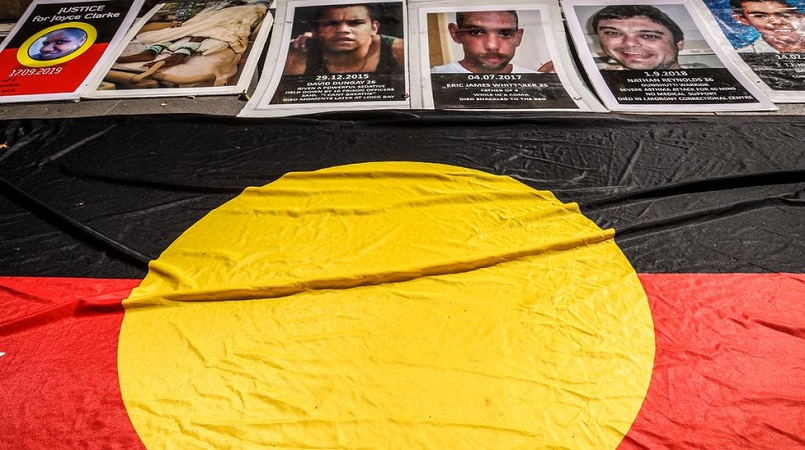
Aboriginal man David Dungay Jr died in a Sydney prison cell in 2015 after police officers restrained him to stop him eating biscuits. During the struggle, he was pinned face-down by officers and jabbed with a sedative.
Video later shown at his inquest captured his final moments: his laboured breathing and muffled screams under the pack of police.
"I can't breathe," he yelled repeatedly.
His case has parallels to that of African-American man George Floyd, whose death triggered global protests against racism and policing in the US.
The Black Lives Matter movement also threw a spotlight on Australia's own incarceration of indigenous people and their deaths in custody.
This week marks 30 years since a landmark inquiry into Aboriginal deaths in custody. The royal commission made hundreds of recommendations to address the crisis.
But three decades on, the situation has worsened.
Central to the problem is overrepresentation. Indigenous people are about 12 times more likely to be in custody than non-indigenous Australians.
That reality, a product of systemic problems and disadvantage faced by Aboriginal people, has prompted fresh anger over a lack of action.
"The system is continuing to kill us and no one's doing anything about it," Paul Silva, the nephew of David Dungay Jr, said at a rally this week.
"When will the killings stop? When will the systemic racism stop against First Nations people?"
